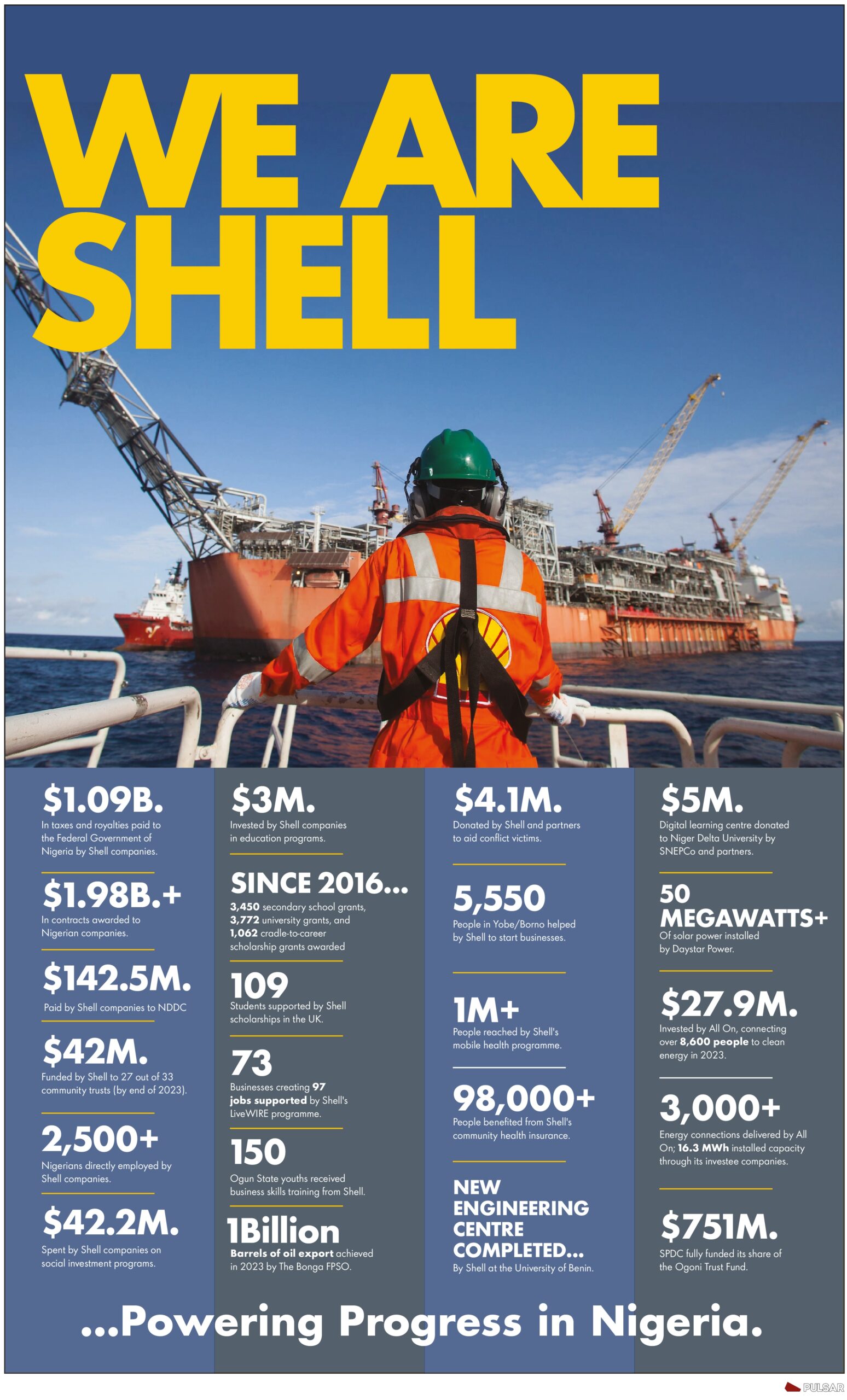The greatest declines in LNG exports were recorded by Nigeria (-4.1 MT) due to maintenance issues, Trinidad and Tobago (-3.9 MT) due to lack of feed gas and Norway (-2.9 MT) due to delays in the restart of operations at Snohvit after the technical incident which occurred in 2020.
According to the International Group of Liquefied Natural Gas Importers ( GIIGNL) Annual Report2021, the Atlantic Basin and the Middle East experienced growth in 2021, adding +17.9 MT and +0.6 MT respectively. Similarly to 2020, the Pacific Basin continued to show a decline in LNG exports in 2021 (-2.3 MT). The Pacific Basin remains the largest source of LNG supplies to the global market with 143.9 MT or 38.6%, closely followed by the Atlantic Basin with 135.2 MT or a 36.3% market share, and the Middle East with 93.2 MT, a 25% market share. Supply from the Middle East increased from 92.6 MT to 93.2 MT, a +0.6% increase.
As production from the US continues to increase, the gap between supply from the Pacific Basin and the Atlantic Basin has substantially narrowed from 28.8 MT in 2020 to only 8.6 MT in 2022
The Start of construction of Train 7 at Nigeria LNG was marked by a groundbreaking ceremony held in June 2021. The construction is expected to take approximately 5 years.
Air Products and Chemicals will provide the main cryogenic heat exchangers, which will be delivered in 2023, and process technology for the project.
In June 2021, NLNG also signed 10-year SPAs with Asiko Power, Bridport Energy Limited and Gas-Plus Synergy to supply 1.1 MTPA of LNG domestically for their gas-to-power projects.
Another liquefaction project has been proposed by UTM Offshore in partnership with the Nigerian National Petroleum Corporation. It will be a 1.2 MTPA floating LNG facility, supplied with feed gas from the Yoho gas field owned by ExxonMobil and the NNPC. In February 2021, UTM Offshore was awarded a license from the Department of Petroleum Resources to build the project and in May 2021, it awarded a pre-FEED contract to JGC
Meanwhile, the spot price of natural gas at Henry Hub averaged $6.07 per million British thermal units (MMBtu) in the first half of 2022 (1H22). The average price increased in each month from January through May, when it reached $8.14/MMBtu before declining to $7.70 /MMBtu in June. We expect the Henry Hub spot price will average $5.97/MMBtu in 2H22 and average $4.76/MMBtu in 2023.
“We estimate that U.S. liquefied natural gas (LNG) exports averaged 11.2 billion cubic feet per day (Bcf/d) in 1H22, compared with 9.5 Bcf/d in the same period in 2021. We expect LNG exports to average 10.9 Bcf/d in 2022 and 12.7 Bcf/d in 2023. We reduced our forecast for LNG exports in 2H22 as a result of the outage at the Freeport LNG export facility in Texas. Our forecast assumes the facility will return to near full operations in January 2023.”
U.S. dry natural gas production in the forecast averages 96.2 Bcf/d in 2022, up 2.7 Bcf/d (3%) from 2021. We forecast average production will increase to almost 100.0 Bcf/d in 2023.
Compared with the 2021, U.S. natural gas consumption in the forecast will increase by 2.9 Bcf/d (3%) to average 85.9 Bcf/d in 2022 and then fall to 85.4 Bcf/d in 2023.
We forecast U.S. natural gas inventories will end October 2022, the end of the 2022 storage injection season, at almost 3.5 trillion cubic feet, which would be 6% below the 2017–21 average for the end of October and down 5% from October 2021.
U.S. consumption of electricity increases in forecast by 2.3% in 2022, largely because of rising economic activity. Growth in electricity consumption slows to 0.6% in 2023.
Olusola Bello

